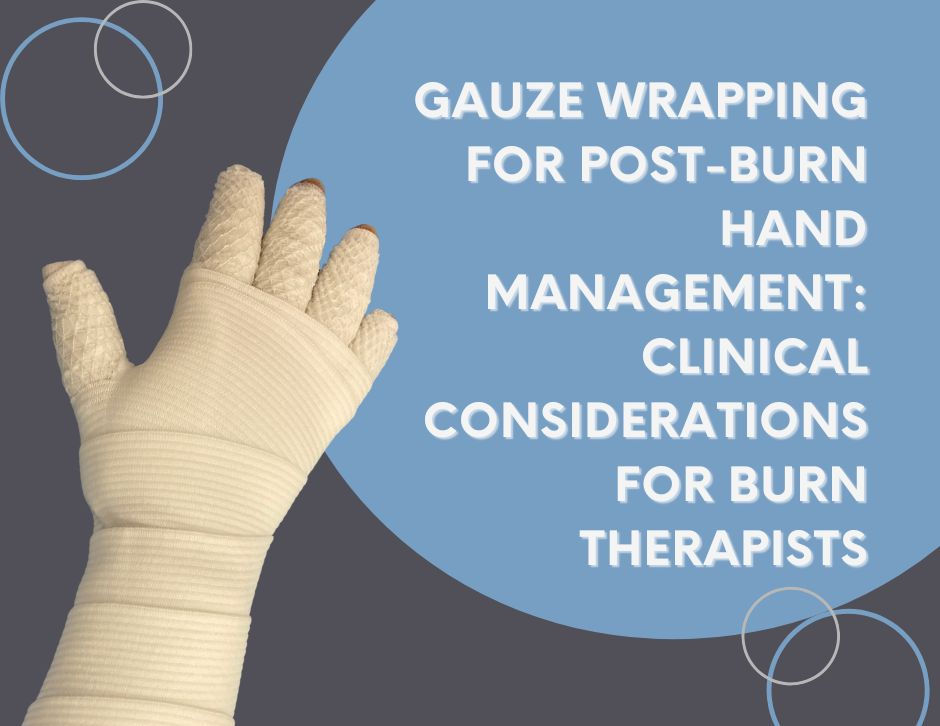Dealing with hypertrophic scars on the dorsal aspect of the forefoot
- Chen-Jui HSU

- Jun 1, 2022
- 2 min read
Updated: Dec 24, 2023
A case to illustrate key points
Chen-Jui HSU, Occupational Therapist,
Taipei Rehabilitation Center, Sunshine Social Welfare Foundation
Hypertrophic scars on the dorsal aspect of the forefoot can be challenging to deal with. This is because the foot combines flat, convex and concave surfaces. If not dealt properly, these scars can have a serious impact on ambulation. Scar growth and contracture can cause metatarsophalangeal joint hyperextension and webspace syndactyly. In severe cases, range of motion of toe joints will be affected, which may cause pain when walking or wearing shoes.
In this video, Chen-Jui HSU, Occupational Therapist at Sunshine’s Taipei Rehabilitation Center will use a patient’s case to illustrate how a pressure therapy intervention can be developed for this kind of problem.
Key point 1: Structural characteristics of the foot will affect pressure distribution
Remember the Laplace Law when planning your pressure therapy intervention! The level of pressure will be determined by the radius of curvature. On an uneven surface like the foot, areas with smaller curvature like the side of the foot will receive more pressure, while areas with larger curvature like the instep or sole of the foot will receive lower pressure, and concave areas like toe webspace will receive no pressure at all.
Key point 2: To achieve optimal scar control, adjust the design of pressure garments and use a combination of other pressure therapy tools
The types of pressure therapy tools that the therapist can use are pretty much the same: pressure garments, bandages, inserts, etc. However, this doesn’t mean that these tools always remain the same or are always used in the same way. They can be constantly modified and adapted to suit the patient’s changing needs. For example, a pressure garment sock can be made with a single layer of fabric for lower pressure or with a double layer for more pressure. Pockets can be sewn inside the sock to place fabric or sponge inserts to increase pressure. Also, these tools can be used in various combination to achieve better effect and compensate for some of their limitations. For example, a pressure garment sock will not provide enough “total contact” to the toe webspace area by itself, but adding inserts made of gauze, fabric or Otoform can compensate and provide more pressure to control scar growth.
Key point 3: Follow-up frequently how scars on dorsal aspect of the forefoot evolve
Whatever the type of pressure therapy tool used, frequent follow-up at regular intervals is necessary to keep track of changes in scars, check for any complications and make necessary adjustments to the pressure therapy interventions and/or tools.
By keeping in mind the principles of pressure distribution when selecting pressure therapy tools, by adapting and combining these tools to fit the patient’s need, and by updating the pressure therapy strategy as scars evolve over time, the therapist will be able to prevent debilitating contractures that can seriously affect ambulation and the patient’s ability to carry out daily living activities independently.




Comments